Diversified Crop Rotation
Resource use efficiency can be improved by planting or sowing a crop with lower needs after a nutrient or water demanding crop. Improving water use efficiency in water-scarce conditions (particularly rainfed water) is possible with relevant crop rotations.
Crop Breeding
Choosing an adequate crop and cultivar can help to improve crop resistance to abiotic stresses (N and water deficiency), pathogens, and diseases. Plant breeding (hybrid and conventional breeding) is thus an option for developing agroecological practices, considering both cost and availability to farmers as important constraints.
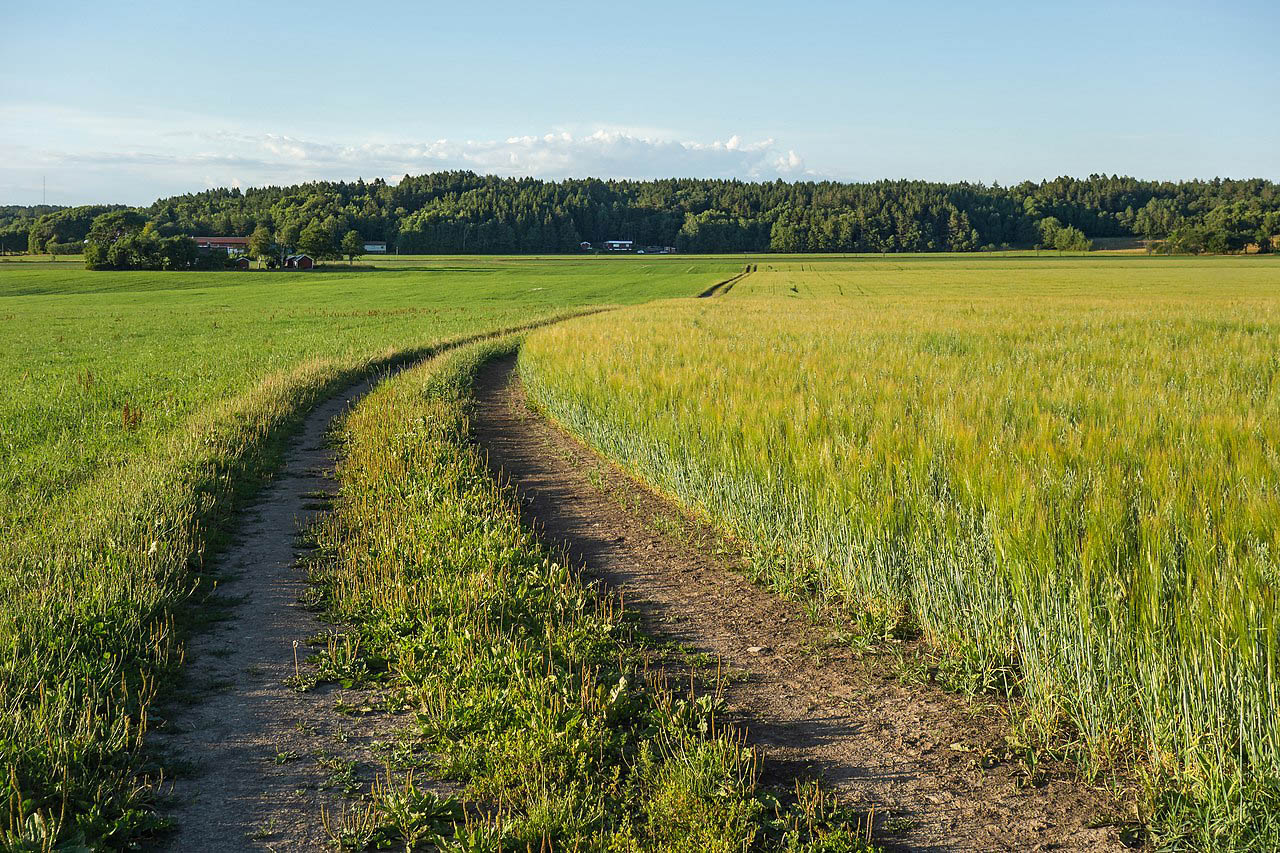
Intercropping
Intercropping may be defined as the coexistence of two or more crops in the same field at the same time. The intensity and type of interactions will depend on the chosen arrangement and associated species. The intercropping systems are assumed to have potential advantages in productivity, stability of outputs, resilience to disturbance, increased soil cover, improved soil structure and fertility, reduced weed infestation, and ecological sustainability, though they are generally considered harder to manage.
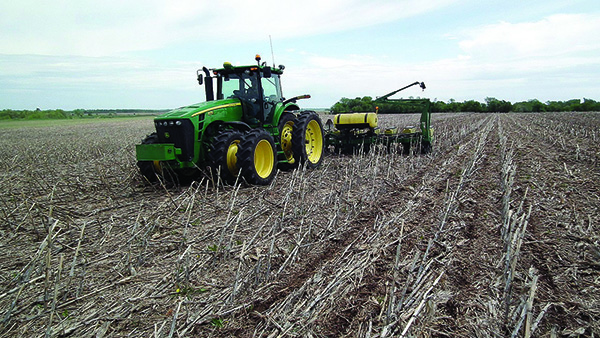
Reduced or No Tillage
Shifting from conventional to reduced tillage or no tillage (direct seeding) helps to reduce energy consumption, decreases wind and water erosion, reduces soil compaction, increases soil biota activity, increases soil organic matter, and thus carbon sequestration. A primary constraint for adoption of reduced or no tillage is weed control.
Landscape Elements
More recent agroecological practices and approaches are the integration, or re-integration, of natural or semi-natural landscape elements such as hedges and vegetation strips, either in or around the field, or at a landscape scale. Due to higher natural plant diversity and flowering, they can positively influence crop pollination as they attract pollinators and host them outside the crop flowering period. The in-field and around-field landscape elements also protect against wind and soil erosion and against surface water contamination.
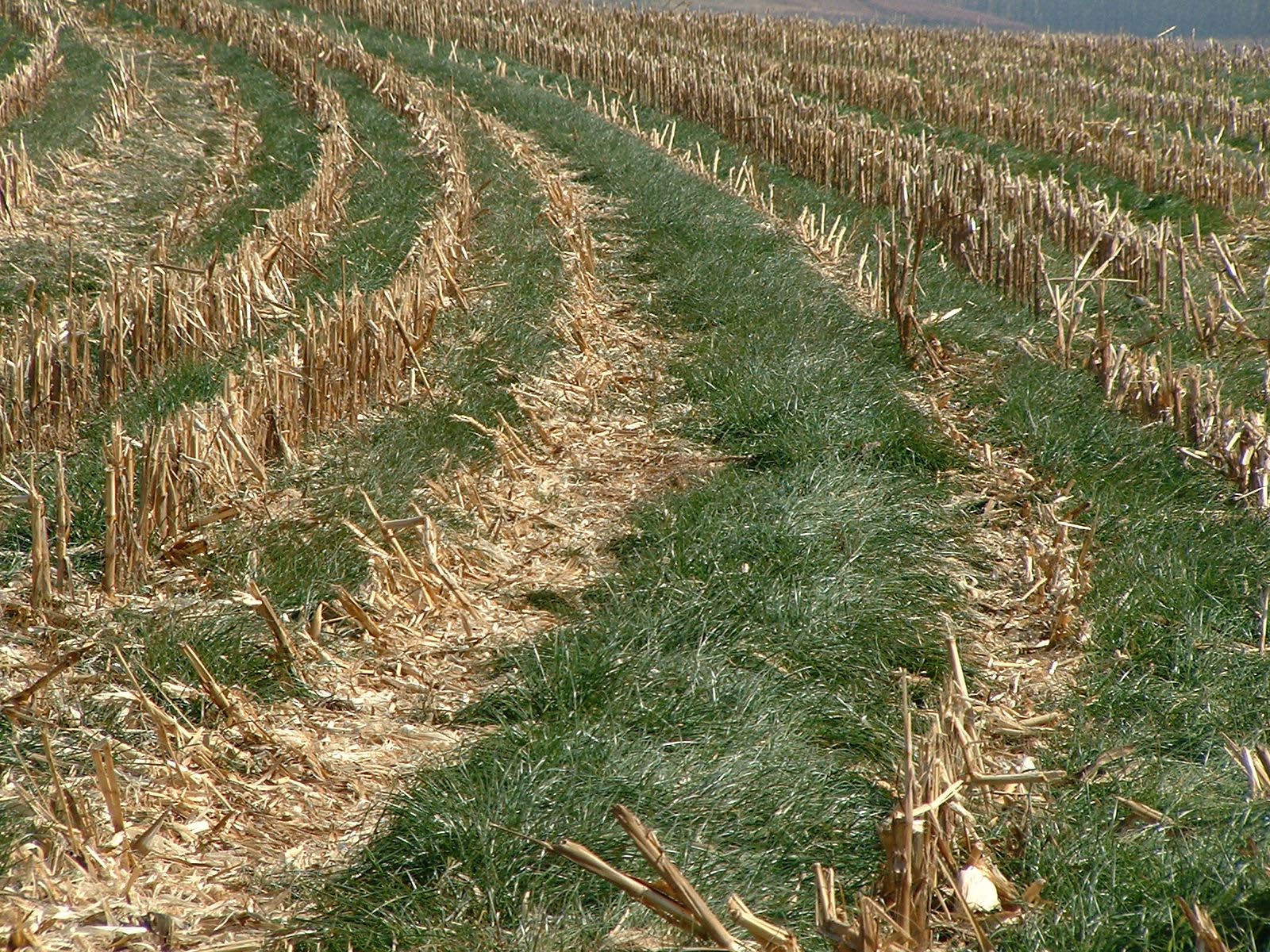
Cover Crops
Integration of cover crops into the rotation automatically incurs crop diversification. Soil biological activity is also enhanced, and in the case of use of legumes, there is provision of N supply for the next crop. Moreover, in conditions where rainfall events are sporadic and sometimes violent (storms in the Mediterranean climate, for example), cover crops can play an important role by reducing surface runoff and permitting a better water infiltration, possibly gainful for the next crop.
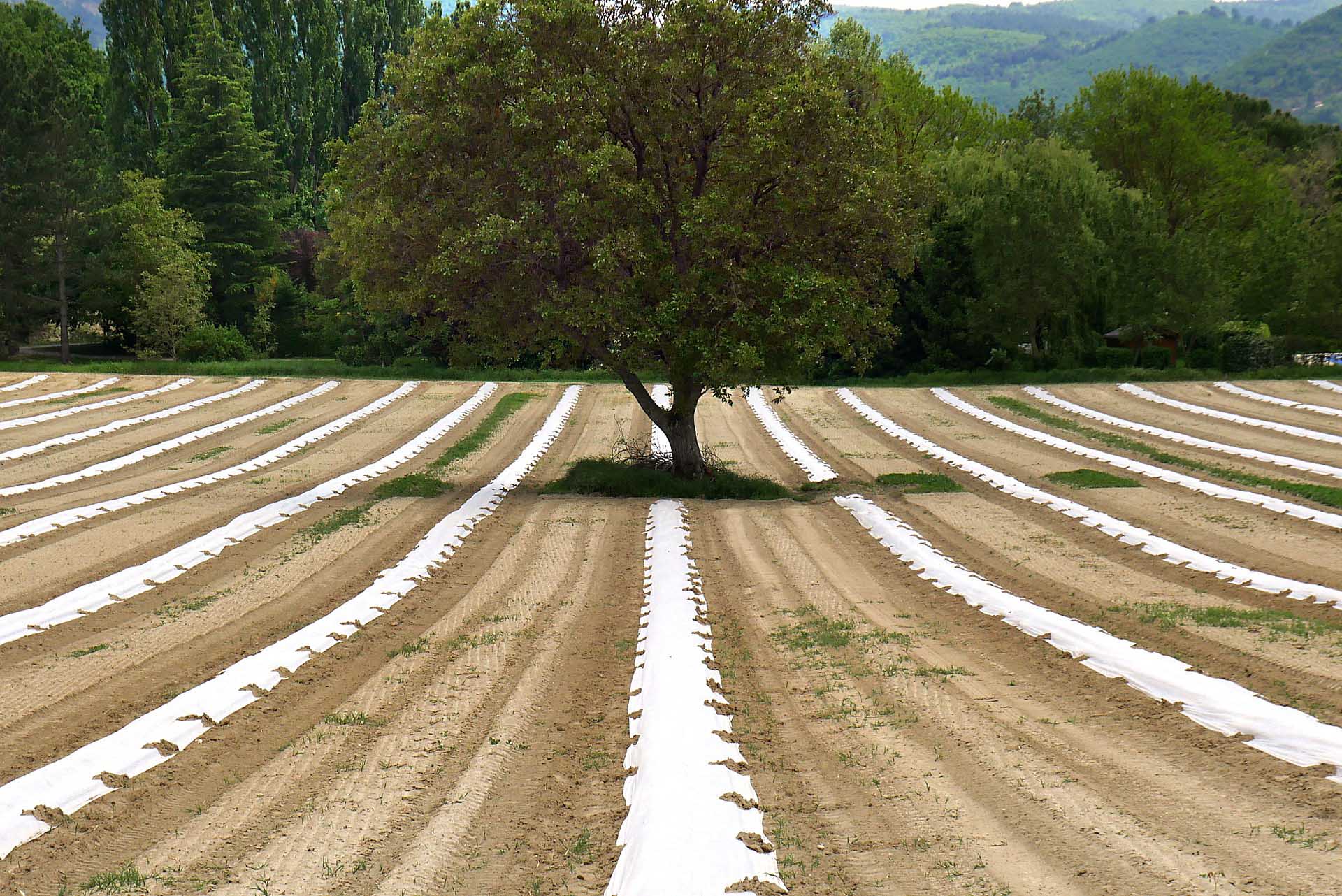
Split Fertilization
Splitting nitrogen fertilizer application to match the supply of N to the crop N demand in time. This improved matching of supply and demand would help to improve the efficiency of the practice and to limit ground and surface water contamination by fertilisers. However, it requires increased labour; the estimation of crop N demand might be difficult.
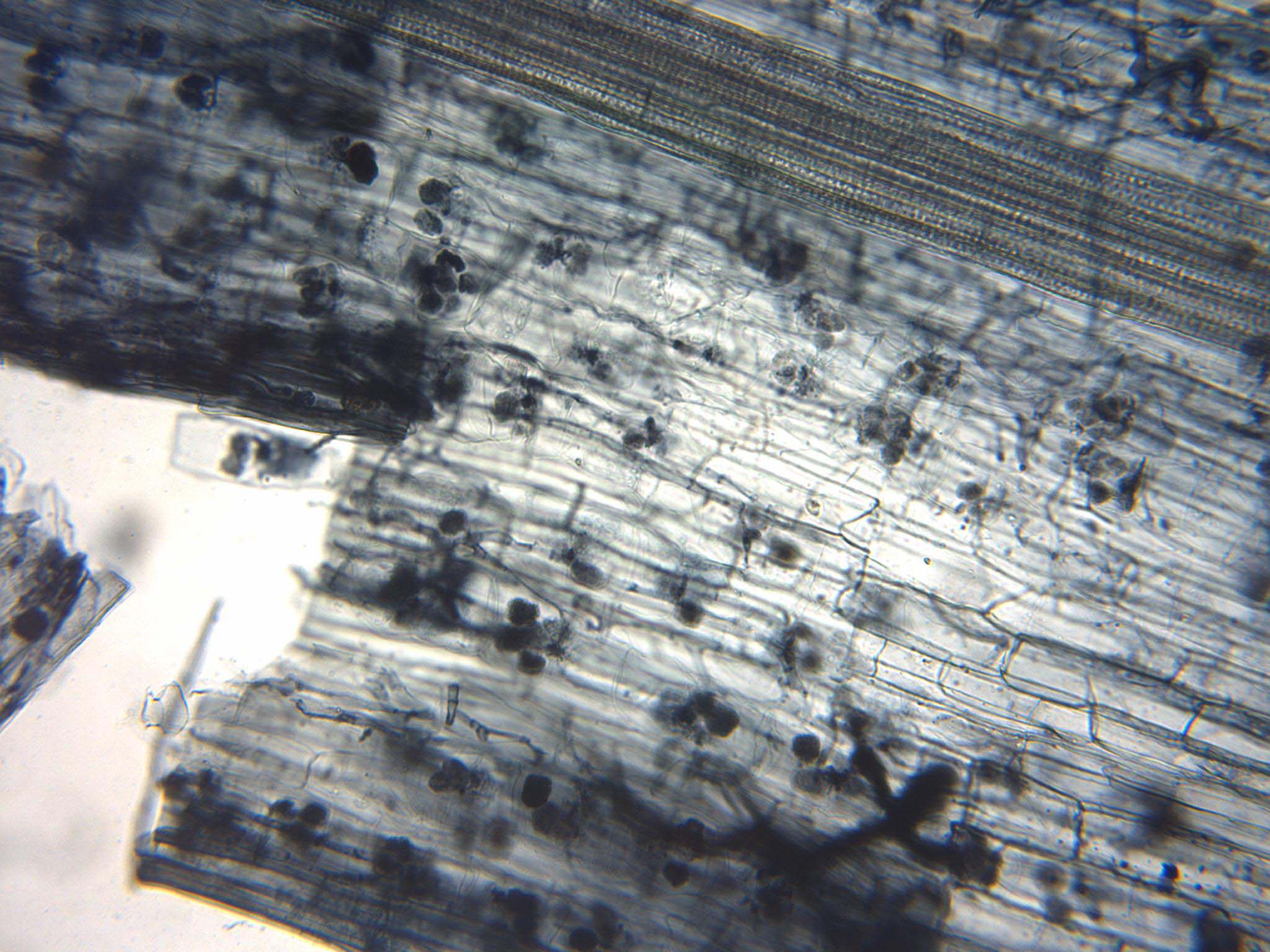
Biofertilizers
These are “substances which contain living microorganisms which, when applied to seed, plant surfaces, or soil, colonise the rhizosphere or the interior of the plant, and promote growth by increasing the supply or availability of primary nutrients to the host plant.” Three major groups of microorganisms are considered biofertilisers: arbuscular mycorrhizal fungi (AMF), plant growth promoting rhizobacteria (PGPR), and nitrogen fixing rhizobia. Biofertilisers can decrease the use of synthetic fertilisers and reduce environmental pollution to a considerable extent.
Organic Fertilizers
Organic fertilisation is a way of substituting inorganic fertilisers and of improving the efficiency of fertilisation by improving general soil fertility. Application of an organic fertiliser, such as manure, causes enhanced soil biological activity and potentially increased soil mineralisation. However, it does pose challenges that may require a redesign of the whole farming system.
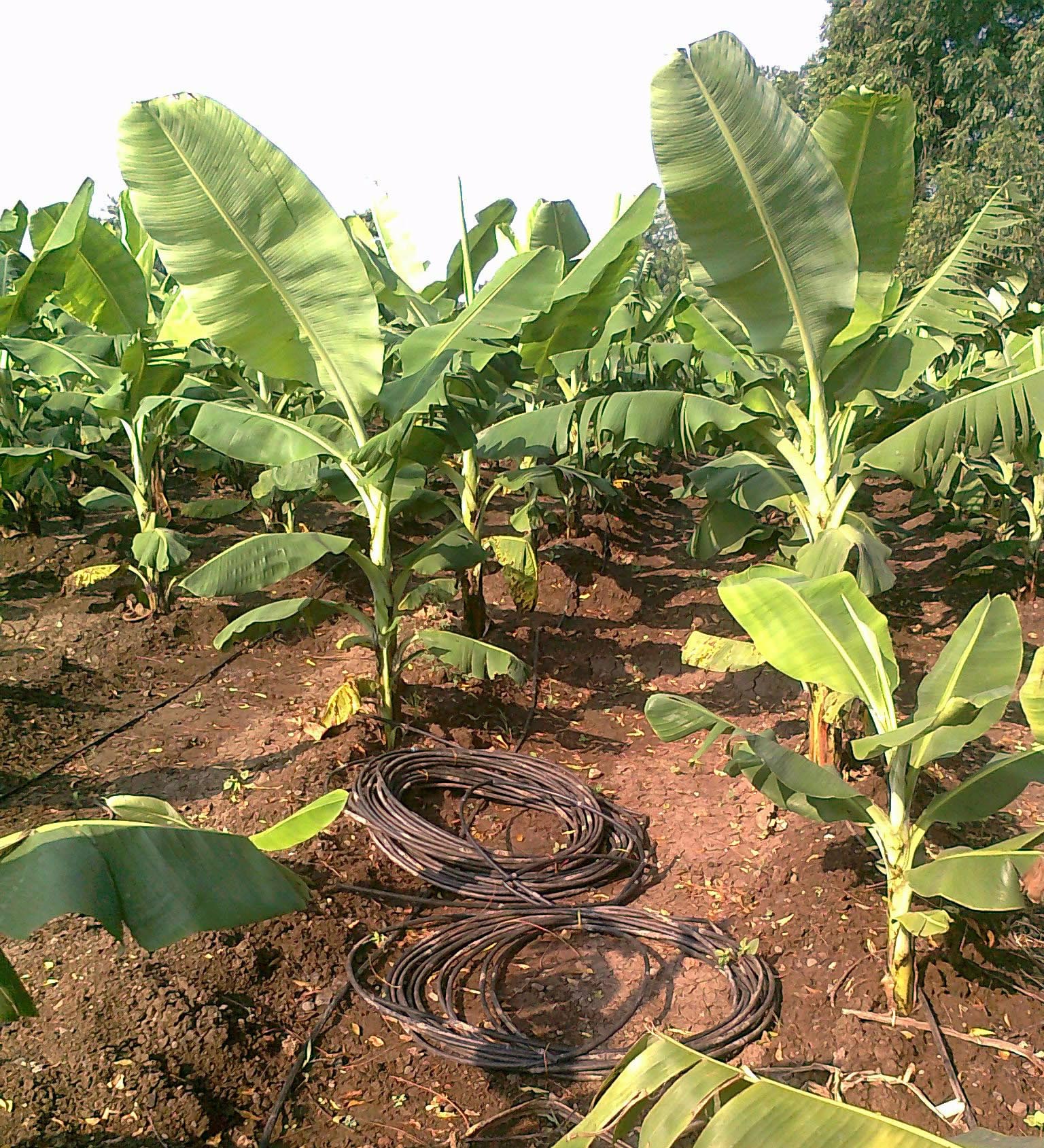
Drip Irrigation
Drip irrigation, especially in horticultural systems, offers a high potential to limit water inputs, to improve water use efficiency, and to better match the crop water demand in time and space. It also limits the risk of soil salinization.
Natural Pesticides
The use of natural pesticides is an agroecological practice that replaces synthetic pesticide use. Natural pesticides, often also called botanical pesticides or botanicals, have a high potential as an alternative to synthetic pesticides and their associated negative effects. Nevertheless, still not much is known about them, particularly regarding larger-scale applications in agriculture.
Biopesticides
In addition to botanical pesticides, the so-called biopesticides are also used. This includes the application of bacteria, AMF inoculants, or other fungi that can control deleterious organisms. Biopesticides impact pests by antibiosis, competition, induction of plant resistance mechanisms, inactivation of pathogen germination, and/or degradation of the pathogenicity of the pathogens.

Biological Pest Control
This strategy is based on the substitution of chemical pesticides by releasing natural enemies into the agroecosystems. Using pheromones to disturb sexual reproduction of targeted insect pests is another biological control option.
Allelopathic Plants
Some plant species have the ability to produce chemical compounds which negatively influence the growth and development of weeds, pests, or diseases. The introduction of so-called allelopathic plants into crop rotations is a promising agroecological practice intending to reduce pesticide use while providing good crop yields. Allelopathic plants may be used as intercrops or cover crops.
Read More:
Wezel, A. et al. Agroecological practices for sustainable agriculture: A review.
